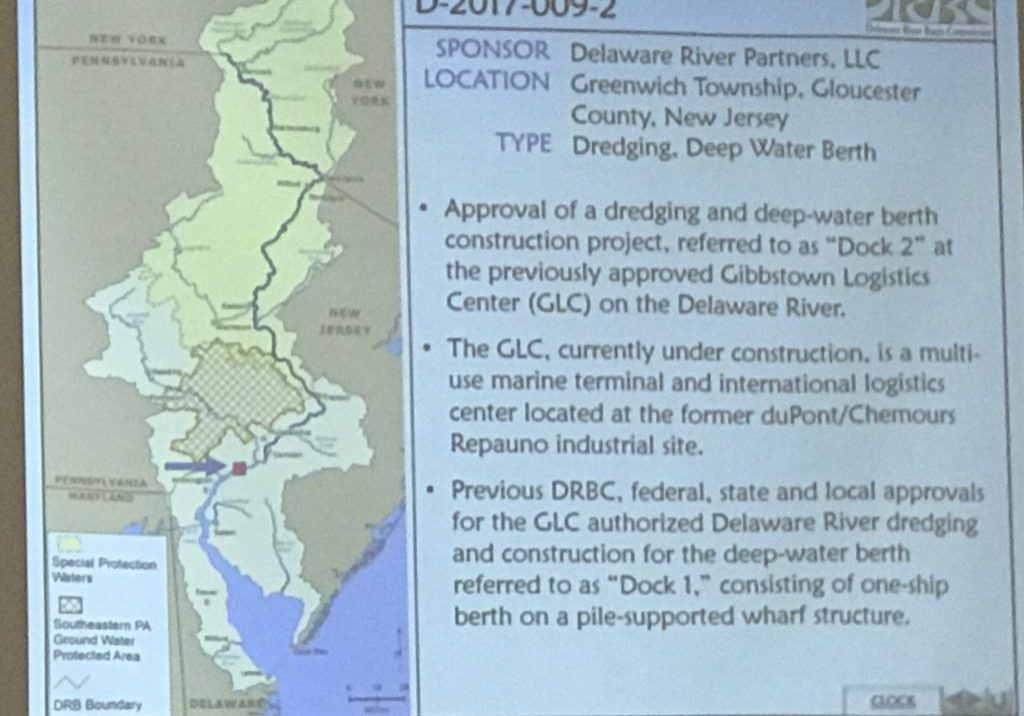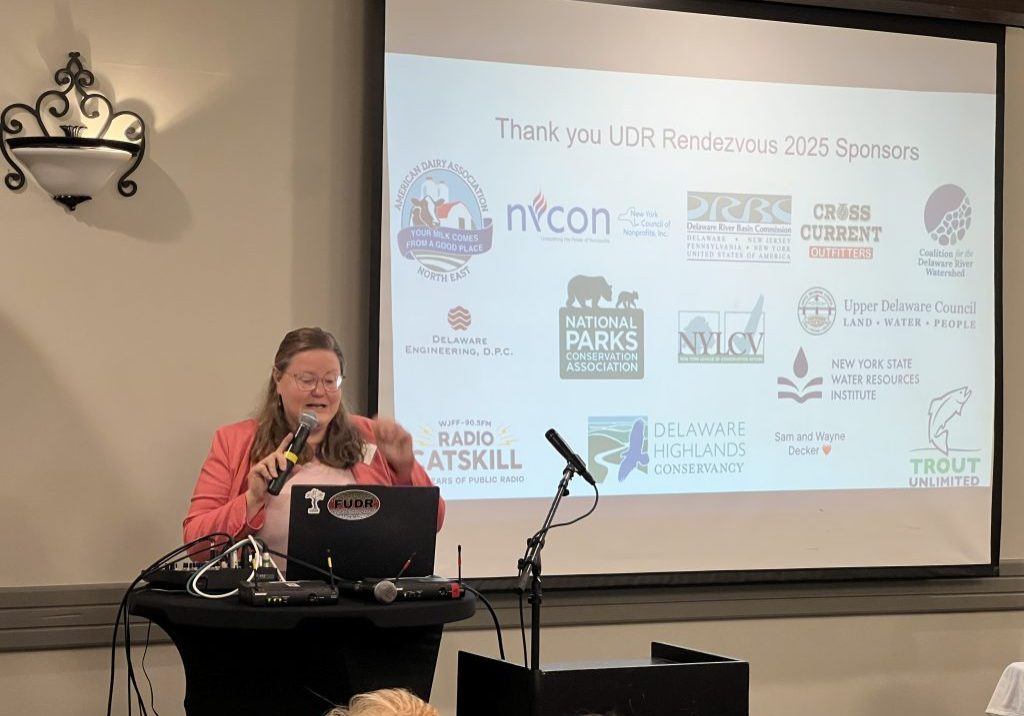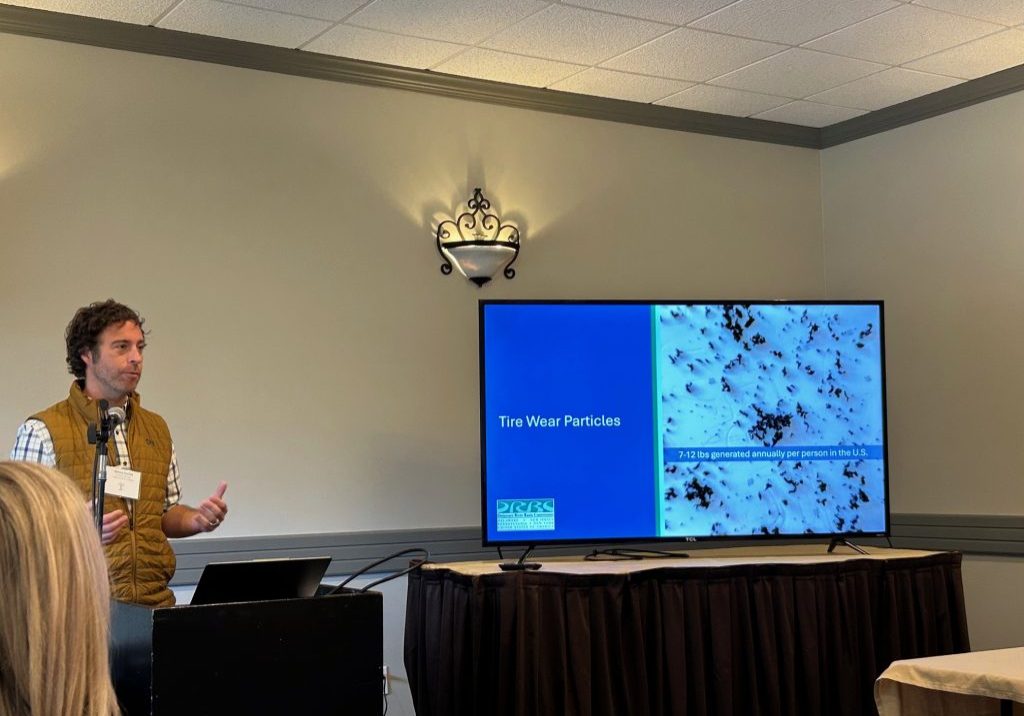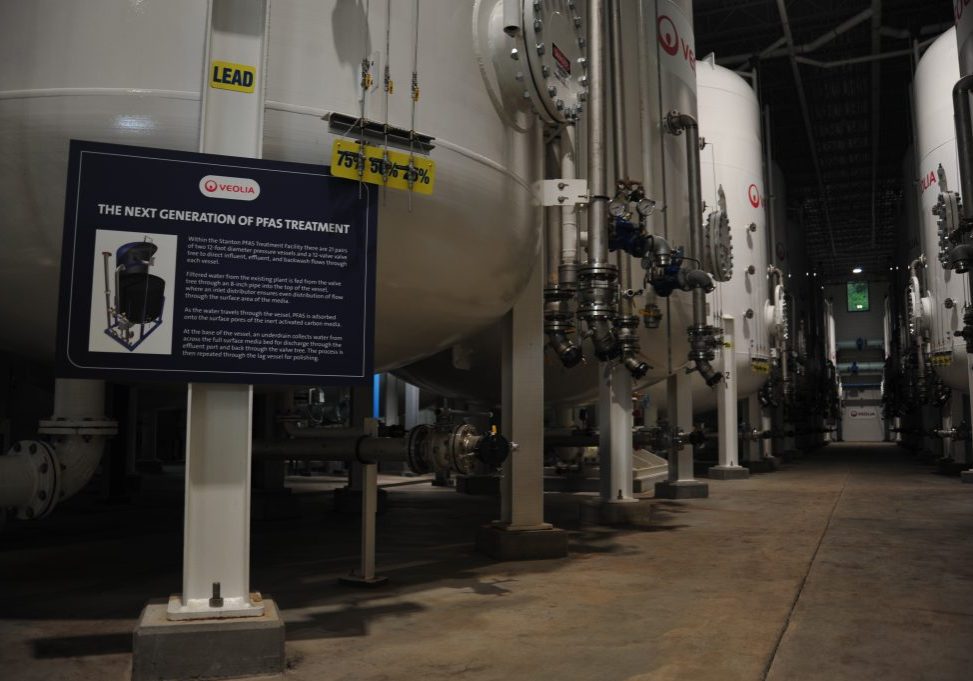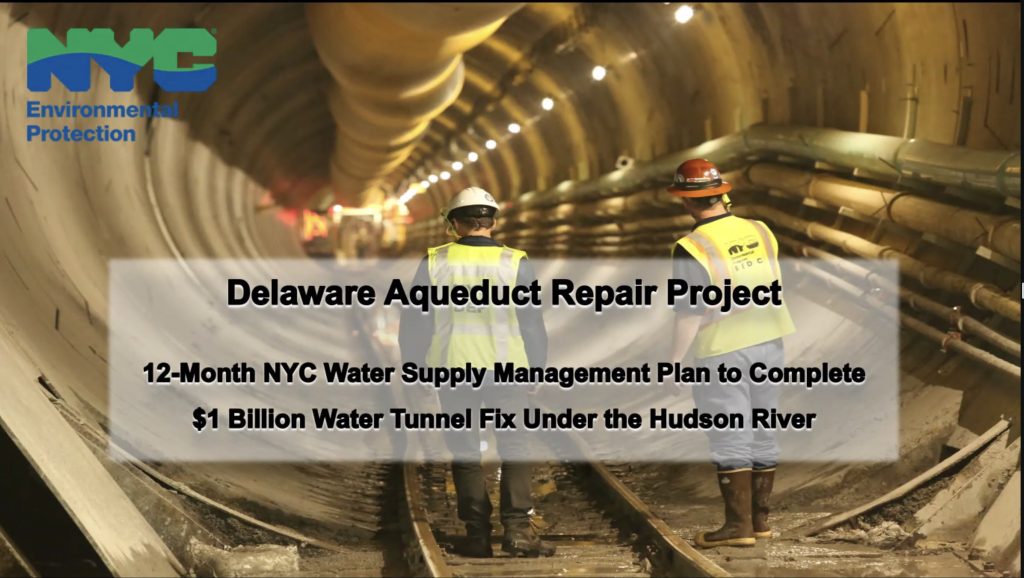
DRBC supports NYCDEP analysis of Delaware Aqueduct shutdown
| April 30, 2023
More than 50 people took advantage of a virtual meeting held by the Delaware River Basin Commission to learn more about the Delaware Aqueduct shutdown scheduled for Oct. 1.
The meeting on Wednesday of the Regulated Flow Advisory Committee heard from Jen Garigliano, chief of staff for the New York City Department of Environmental Protection, Bureau of Water Supply, as well as from the DRBC’s manager of water resource operations, Amy Shallcross.
Garigliano’s presentation was similar to the one she gave in Hancock, N.Y. April 11, and boiled down to a confirmation that the shutdown was set for Oct. 1, that it would likely take until May 2023 to be completed and that there was not a great risk of significant flooding as a result of the shutdown.
Though with or without the shutdown, the increase in intensity of rain events in the basin means that there can’t be any iron-clad guarantee.
She also said that she will continue to hold information sessions as the project progresses, noting that the decision to go ahead with the shutdown has to be made in real time, with due consideration of current hydrological as well as infrastructure conditions.
If the shutdown were to be called off for this year, the plan would roll over to next year. In addition, if a problem developed that needed the shutdown to be halted, that could take from one to nine weeks to stop the project.
The main impact of the shutdown will be on the three reservoirs in the Delaware system: Cannonsville, Pepacton and Neversink. Garigliano said that the aim for each reservoir will be to be 30 percent below full capacity on Oct. 1, creating what is known as a “void.”
She also reviewed the other reservoirs in the Catskill and Croton systems to show how they will be used to supply all of New York City’s water without the Delaware system, which usually supplies about half of NYC’s water.
Here’s the slide deck from her presentation which goes into great detail about the project and its possible impacts. (Thanks to the DRBC for the deck.)
Shallcross’s presentation confirmed that New York City’s shutdown plan was sound and addressed three main concerns — in the words from one of her slides:
Drought “caused by” shutdown (less likely)
Conservation Releases (likely to be normal — or better)
Flooding (small increase in the risk of minor flooding)
Here are the slides from Shallcross’s presentation.
Shallcross also said that the Flexible Flow Management Plan has “enough flexibility” to address potential impacts. The Flexible Flow Management Plan is the agreement among five parties: New York City, New York State, New Jersey, Pennsylvania and Delaware and it details how much water would be released and when from the New York City reservoirs.
The FFMP currently in effect was agreed to in 2017 for 10 years. At this meeting, Kendra Russell, the Delaware River Master, explained that the mid-term review of the FFMP, due to happen this year, will be postponed.
In May, the five RFAC parties are planning to agree to an amendment to the FFMP, which will include their confirmation of the 10-year timeline; that delays in studies, due mostly to Covid, will extend those studies out to 2026; and that a summary study of those studies will pull all of them together.
Back to the aqueduct: Another information session will be at 7 p.m. on May 4 at the Upper Delaware Council offices in Narrowsburg, N.Y.
NYCDEP and DRBC will host an in-person session from 6-8 p.m. on Thursday, May 11, 2023, at the West Trenton Volunteer Fire Company, 40 W. Upper Ferry Rd., Ewing Twp., N.J. The event will also be live-streamed. More information here.


